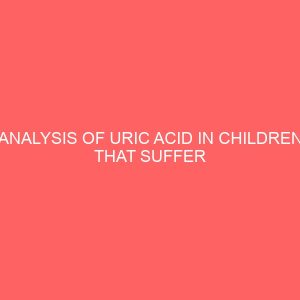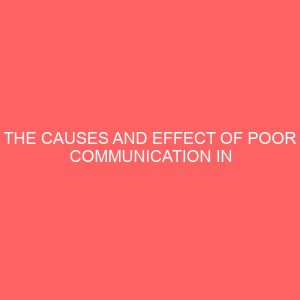Description
Analysis of uric acid in children that suffer rickets and its effect.
Abstract
Uric acid (UrA) is a product of purine catabolism, and hyperuricemia (hUrA) is associated with risk factors for cardiometabolic diseases. The aim of the study is to analyse uric acid levels in children suffering from rickets. Rickets is a common bone disease worldwide that is associated with disturbances in calcium and phosphate homeostasis and can lead to short stature and joint deformities. Rickets can be diagnosed based on history and physical examination, radiological features, and biochemical tests. It can be classified into two major groups based on phosphate or calcium levels: phosphopenic and calcipenic. Cross-sectional study with 623 eutrophic students (5 to 15 years old, aged 9.9 ± 2.7 years, 52% girls). Blood was collected (fasting 12-14 h) for analysis of laboratory parameters, and blood pressure and anthropometric measures were verified. Uric Acid (UrA) was stratified according to sex and age ranges (5 to 10,= 10 to 13 and= 13 to 15 years, male and 5 to 9,= 9 to 12 and= 12 to 15 years, female), and the percentiles 2.5 (2.5th) and 97.5 (97.5th) were calculated. Results: The mean Uric Acid (UrA) was 3.7 ± 1.03 mg/dl (boys) and 3.58 ± 0.91 mg/dl (girls) (p 0.0113). Considering the age ranges, the mean Uric Acid (UrA) was increasing and higher for boys (p 0.0024, for the 3rd age range). For girls, the Uric Acid (UrA) increased progressively and significantly in the age ranges (p= 0.005). According to the 97.5th, there was a statistical difference only in the third range between sexes (p 0.002).








Reviews
There are no reviews yet.